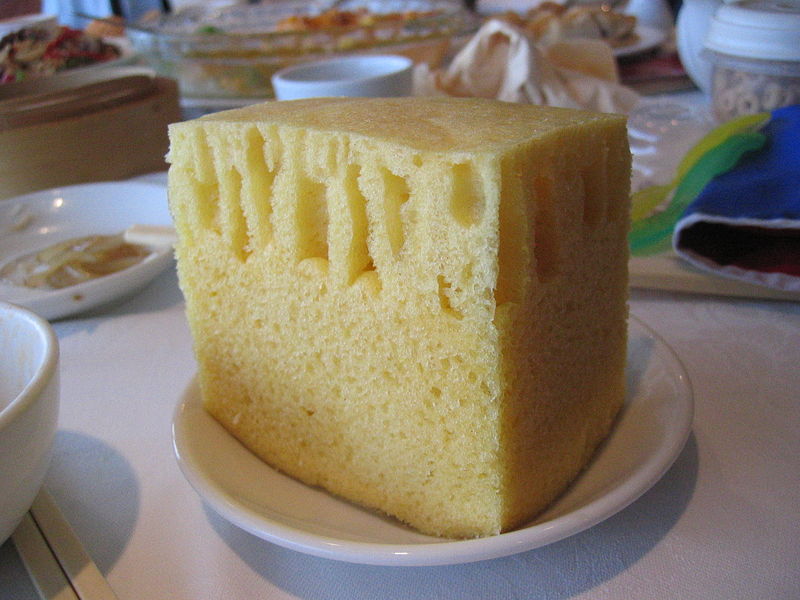Every month seems to be chock-full of food holidays. For instance, August has no fewer than five pie days. While it all might be a bit much, so many delicious special occasions still make us hungry, not just for treats but for words.
Here we take a look at the origins of some of the most interesting (and yummy) celebrated dishes of this past month.
s’mores
“Heavenly crisp (Also known as S’mores)… Toast two marshmallows over the coals to a crisp, gooey state and then put them inside a graham cracker and chocolate bar sandwich.”
Snyder and C. F. Loomis, The Outdoor Book, 1934
Chances are you’re familiar with this deliciously gooey snack celebrated every August 10. But did you know it wasn’t always known by its contracted name? While the earliest s’mores appears in print is 1934, according to the Oxford English Dictionary (OED), some-more predates it by 11 years. From a September 1925 issue of the newspaper, Norwalk Hour: “At the supper, two Camp Andree ‘dishes’—‘Kabobs’ and ‘Some-mores’—were introduced.”
creamsicle
“Pour into thin glass and insert an Orange Creamsicle. Serve soda spoon and straws on the side.”
Let’s Sell Ice Cream, 1939
Creamsicle, like popsicle, is still an official trademark name of the Unilever company although it might be used now to mean any similar frozen sweet. While a popsicle is basically frozen sugary fruit juice on a stick, a creamsicle has vanilla ice cream at its center with another layer of ice in a variety of flavors. Lauded each August 14, the earliest appearance of creamsicle in print was in 1932, according to the Online Etymology Dictionary.
sponge-cake
“You know how interesting the purchase of a sponge-cake is to me.”
Jane Austen, Selected Letters, June 1808
That’s right, the earliest known citation of the light and airy dessert is from none other than the Pride and Prejudice author, according to the OED. We’re guessing, however, Austen didn’t coin the term and that the baked good must have existed well before her mentioning it. You can celebrate the sponge cake every August 23.
waffle
“Everywhere, too, you get wafen; our wafles, and made and eaten in the same way.”
Aaron Burr, Private Journal, August 26, 1809
Yes, that Aaron Burr. While Burr’s usage is one of the earliest, the delightful-sounding compound waffle frolic predates it by 65 years: “For my own part I was not a little grieved that so luxurious a feast should come under the name of a wafel frolic.” The word waffle comes from the Dutch wafel.
chop suey
“A staple dish for the Chinese gourmand is chow chop svey [sic], a mixture of chickens’ livers and gizzards, fungi, bamboo buds, pigs’ tripe, and bean sprouts stewed with spices.”
Current Literature, October 1888
Legend says this dish of mixed meat and vegetables in a corn-starch-thickened sauce was invented on August 29, 1896 by a visiting Chinese statesmen. However, the above citation from the OED clearly debunks that. The Smithsonian chop suey most likely comes from Chinese immigrants who settled in the U.S. in the mid-1800s, “adapted to locally available foods and tame European-American tastebuds.” The word originates from the Cantonese shap sui, which translates roughly as “mixed bits.”
[Image: “Sponge cake at Top Cantonese Restaurant,” Roland Tanglao, CC BY 2.0]
